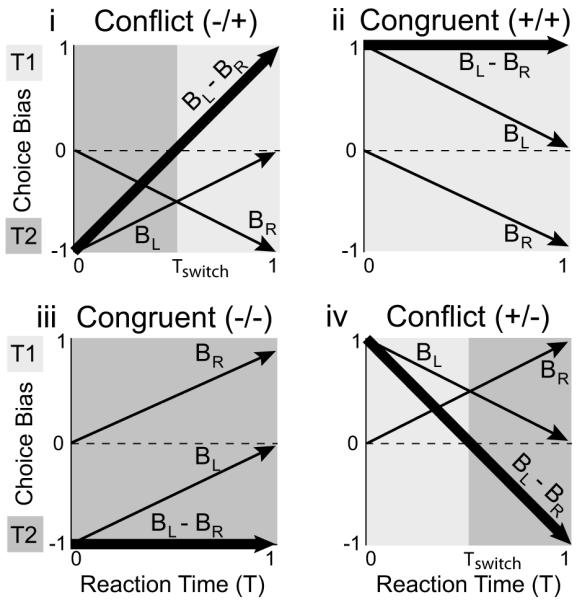Figure 4. Time evolution of GLM bias predictions for congruent and conflict scenarios.

(i) In the first conflict scenario, luminance contrast favors T2 and reward difference favors T1. The sum over bias terms transitions from −1 to +1 with increasing reaction time, illustrating a change in the selected target from T2 to T1 over time. (ii) In the first congruent scenario, both luminance contrast and reward difference favor T1. The sum over bias terms is maintained at +1 for all reaction times. Therefore, the model predicts T1 as the selected target regardless of reaction time. (iii) The opposite congruent scenario from (ii), favoring T2. (iv) The opposite conflict scenario from (i), favoring T1 and then T2. Each panel assumes the parameterization described in Figure 3d.
